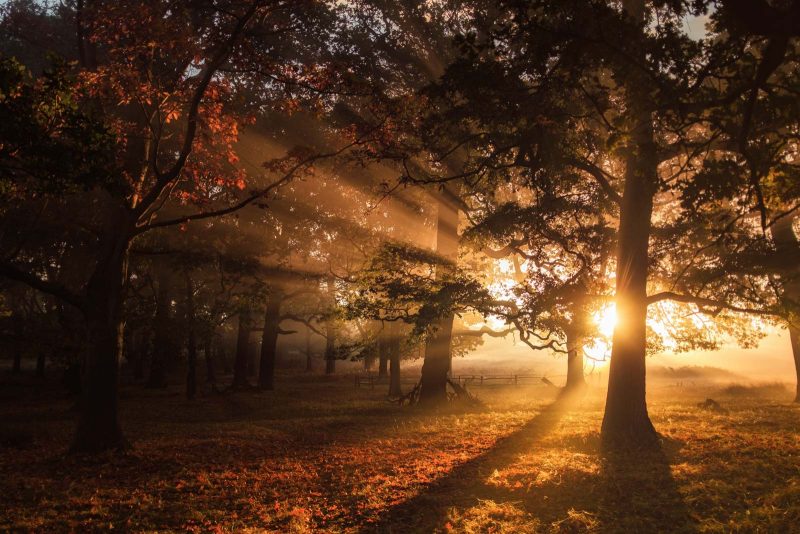How to Photograph into the Sun

Whether it’s distracting lens flare or an unattractive lack of contrast, photographing into the sun has never been easy – until now. Shooting into the sun can add interesting effects to your landscape photography, so we have pulled together some top tips and a great video tutorial to help you overcome this challenge.
Mastering exposure
It’s no secret that correct exposure can make or break a photo.


When photographing into the sun, light will naturally flood your sensor so much so that a single image risks being over-exposed in bright areas. Due to high contrast, darker areas of the image can become underexposed as the camera adjusts for the brighter parts of the scene, and ultimately ruins your shot.

However, this can be overcome by balancing the camera’s shutter speed, aperture, and ISO. These three variables work together to produce the desired image exposure you are after.
Read more: Understanding the Exposure Triangle
How to use exposure bracketing
This short tutorial from freelance landscape photographer Michael Breitung shows a simple trick to master this sun-shaped problem.
Whilst photographing into the sun can be tricky, Breitung explains in his video how this can easily be overcome by using exposure bracketing (taking several separate exposures and blending them in post-processing).
Bracketing your shots will help you to capture an evenly exposed scene.
Breitung shoots three bracketed exposures “with the sun in the frame”, at an aperture appropriate for the lens to create a captivating sunburst effect. However, the flare and lack of contrast will be noticeable in this series.
To overcome this, he then shoots a second series of bracketed images, but covers the sun with his hand. This removes the flare and dramatically improves contrast and detail in the scene.
Importing the images over into Adobe Photoshop, he perfectly blends the images and adds a few adjustments such as adding colour layers alongside dodge and burn layers, amongst others. This then sets you up with a perfect base image to begin your finer adjustments for a final image.
Breitung, showcasing his gorgeous final image, then mentions the risky business of shooting towards the sun (it is a burning hot sphere of plasma, after all!).
As he states, try to use LiveView to avoid looking directly into the sun, especially through the viewfinder – that’s a big “no-no”. Breitung tries to use a wide angle lens where possible, as a telephoto pointed directly at the sun may damage your sensor and potentially your eyesight.
Neutral density filters
Neutral density (ND) graduated filters can be a great addition to your camera as they help balance out exposure on bright days. These filters are dark on top and clear on the bottom, with the strength of the dye changing how much light the filter will block.

Using an ND filter will allow you to play around with wider apertures and slower shutter speeds, which otherwise wouldn’t be possible in these bright conditions.
Read more: What are the Best Filters for Landscape Photography?
Backlighting in photography
Photographing into the sun can create a dramatic light in the form of backlighting. Simply put, this is when you shoot with the main light source behind your subject.
Backlighting is one of the more challenging types of light to work with, however the results are worth the extra effort, as they boast depth, beauty, and dramatic atmosphere.

For great tips on how to use backlighting, continue to these tutorials!
- How to Use Backlighting in Landscape Photography
- Backlighting in Wildlife Photography: Creative Use of Light
Using lens hoods
Lens hoods are very useful when photographing into the sun as they stop light from falling in front of your lens and causing lens flares or creating low contrasting, washed-out images. While these effects can add depth to a photo (think sun stars), we don’t always what to include these elements in a shot.
If you have a lens hood to hand, use it to capture a clear image without glare.
In conclusion
Photographing into the sun can result in creative and captivating images, so go out and have fun shooting your nature photography with the addition of our most powerful energy source, the sun!





